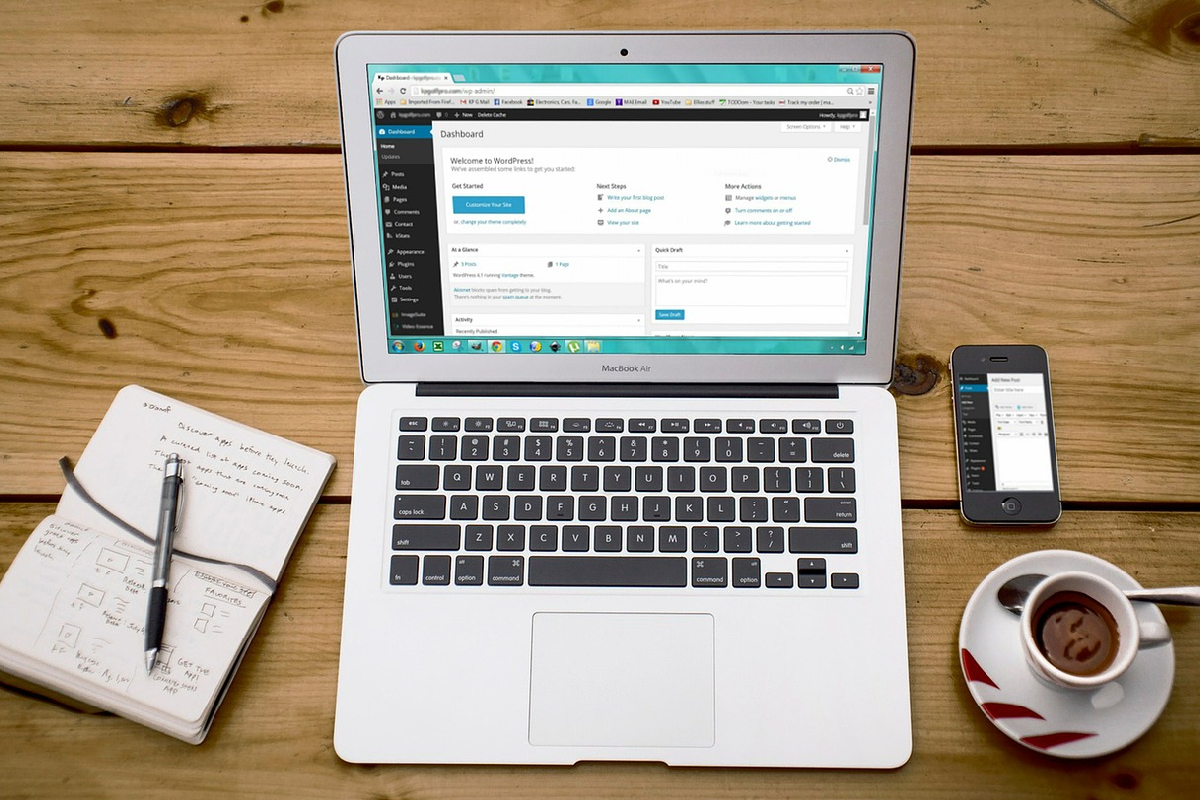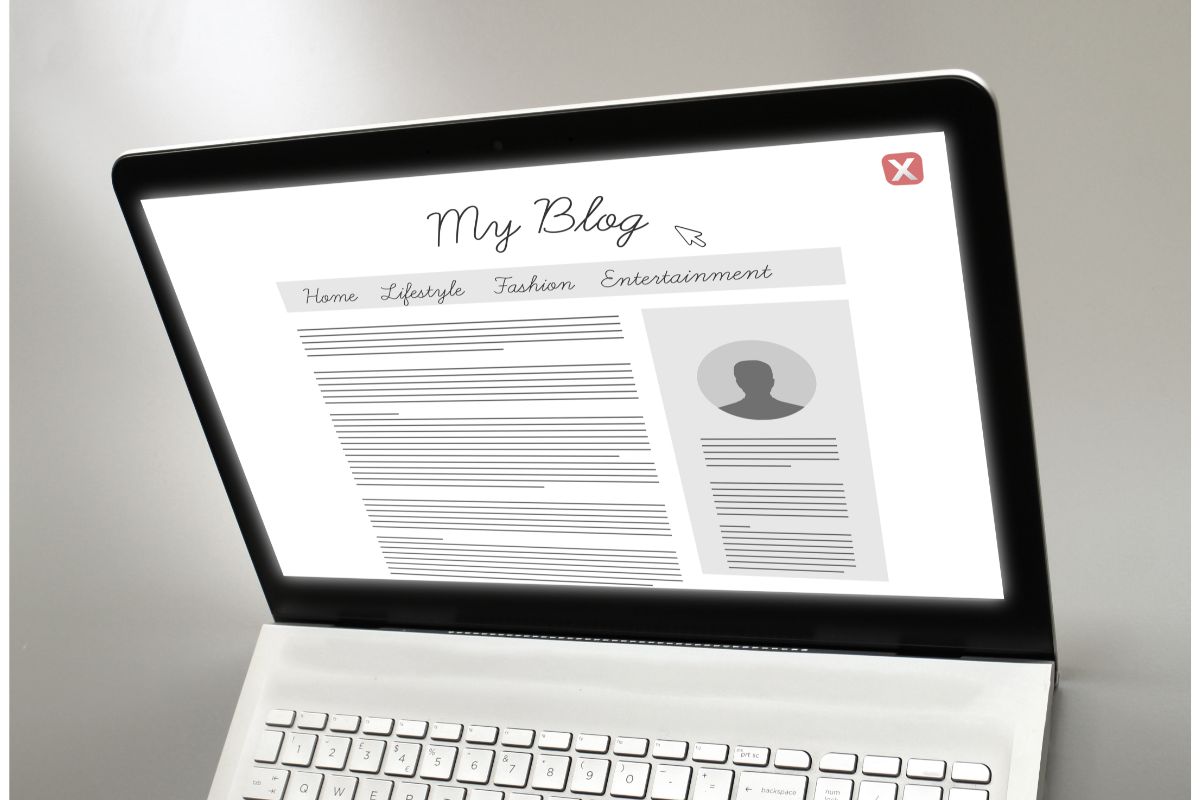Are you new to the world of WordPress? If so, you’ve probably gotten quite confused at certain aspects at first. Pages versus posts are one of the topics we get lots of questions about.

One part of WordPress that some people don’t understand are the differences between blog posts and pages.
You have probably heard of blog posts and pages, long before using WordPress, and simply thought they were the same thing, or at least very similar.
But, when you first use WordPress, you will find that there are some key differences between the two.
If you’re in a hurry, let’s point out the main distinction between blog posts and pages.
Posts are used for content that is updated on a more regular basis, whereas pages are implemented for static content.
In other words, static content is a page that never changes, such as a ‘Contact Page’ or ‘About Us’ page.
The good news is that you can use a combination of both blog posts and pages, depending on your website.
Both are beneficial for certain areas of content, but understanding them is critical to using them correctly.
In today’s article, we will be explaining the differences between blog posts and pages on WordPress.
We will also show you some examples of how you can use each one to make your website as streamlined as possible.
Blog Posts: What Are They?

Posts on websites are used to create blogs, articles, and other forms of content listed on a blog page.
Typically, blog posts are seen in chronological order. Therefore, users of a website will find the latest content at the top of the list and the oldest at the bottom.
For those who like to write blogs on WordPress, they are most likely to use posts for most of their content.
Because blog posts on websites are shown with the newest posts appearing at the top, they should be timely.
When it comes to older posts, these are usually archived and based on the month or year they were released.
The more posts you create, the more visitors to your site will have to dig deeper to find the oldest ones.
However, WordPress allows you the opportunity to organize your blog posts into certain tags and categories, so they’re easier to find.
If your website has a ton of posts, you can implement a search form.
Therefore, visitors will find it easier to come across the content they are searching for.
It is also possible to add your WordPress posts and then edit them by clicking on the menu option ‘Posts,’ found in the dashboard.
Of course, the more traffic to your website, the better. And, WordPress understands this.
That is why it allows you to share your new blog posts with readers to help you build traffic to your site.
For instance, you can set up and send automatic RSS feed emails, create newsletters, and send out push notification messages to visitors.
Social media has changed the way websites work, especially blog posts.
Because posts are timely, they are great for sharing on different social networks.
Users of your website can share your posts thanks to social media plugins, so you get more exposure across social media.
There are also comment features built-in, to encourage readers to interact and converse with your post.
They can comment on your particular subject and reply to other comments if they want to do so.
Comments, trackbacks, and pingbacks are all enabled by default on WordPress and posts.
However, you can disable these if you prefer by heading to ‘Settings – Discussions’ and then turn off any comments on older posts.
Post metadata is another feature on WordPress posts. This information is typically found below the blog post’s title on the actual blog post or the full blog page.
This metadata tends to display the author’s name, the date, tags and categories referring to the blog posts, and sometimes more.
It is possible to customize the metadata, if required, too.
So, now we know what blog posts are, let’s discuss pages on WordPress.
Pages: What Are They?

As we briefly mentioned above, pages are static pieces of content.
Also regarded as ‘one-off’ content pieces, examples would be the ‘About Us’ section of a website, a contact page, and a privacy policy.
Although sites like WordPress store these published page’s dates, they are timeless, so do not appear further down a list in the same manner as blog posts.
An example would be your ‘About Us’ section, as this is supposed to remain on your website and not expire at any point.
Of course, you can update it when you need to, but, unlike posts, there will only be one page for the ‘About Us’ section rather than hundreds or thousands of posts on the website.
It is possible to add and edit different pages in the WordPress admin panel by simply selecting the ‘Pages’ menu option.
The interface is easy to understand, so you can update your pages whenever and wherever you want.
Unlike blog posts, pages are not made to be social. Therefore, they rarely have social sharing options.
Take a privacy policy, for instance. It’s pretty uncommon that someone would want this shared on social media, as it will be unlikely to get many clicks.
Because pages are not social, they tend not to have comments enabled.
Whilst there is an option to enable comments on pages, such as a contact page, this feature is disabled by default in WordPress pages.
One main difference between pages and blog posts is that pages are hierarchical.
For example, you can include subpages within a page for visitors to click on.
This is easily done. You just choose the parent age from the ‘Page Attributes’ section on WordPress and create your subpage.
It is also possible to create custom pages thanks to a drag and drop page builder plugin on WordPress.
This feature allows users to create different web page layouts, rather than stick with the default options supplied by WordPress.
Blog Posts Vs Pages: The Main Differences
Both posts and pages are customized with a similar editor for adding text and other media.
Because of this, they seem identical, but there are some distinct differences between posts and pages.
These are:
- Posts are made to be shared on social media, whereas pages are not.
- Posts are timely, whilst pages are timeless.
- Posts display a published date and an author, whereas pages do not have either.
- Posts are organized into tags and categories. Pages, however, are organized as parent and child pages, therefore being hierarchical.
Although these are the key differences, there are sometimes exceptions to the rules.
It is possible to use plugins on WordPress to change the functionality of both types of content.
Similarities Between Blog Posts And Pages
Whilst there are some differences between posts and pages, there are some similarities, too.
- Both are used to publish content.
- Both allow you to add images, text, forms, videos, and more.
- There is support available for features in images in both.
In Summary
Blog posts are essentially timely pieces of content, whereas pages are timeless, static pages.
Although both are very beneficial for websites, they don’t have to be used for a WordPress website.
It’s up to you and how you want your website to look. But, we recommend using both types of content to further your website.
- The 20 Best Blogging Courses That Are For Beginners - December 7, 2022
- 20 Best WordPress Plugins For Blogs For Effective Blogging! - December 7, 2022
- 5 Excellent Affiliate Marketing Courses To Learn - December 6, 2022








